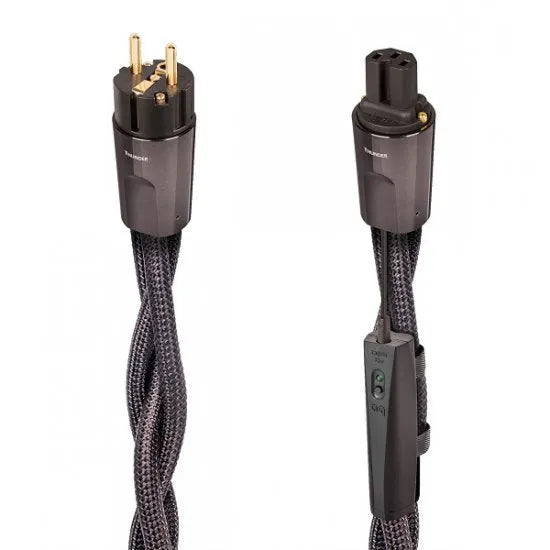AudioQuest Thunder High Current, maitinimo kabelis
AudioQuest Thunder High Current, maitinimo kabelis - 1 m. - prieš pirkdami pasiteiraukite ar šią prekę turime sandėlyje, jei neturime ji gali būti užsakyta ir atvykti per 2-21 dieną.
▪️ Turite klausimų dėl šios prekės❓Galime pakonsultuoti telefonu +370 683 90000, arba mūsų salone Armatūrininkų g. 1, Kaunas.
📩 Taip pat galite siųsti mums užklausą į kurią atsakysime per 24 val.
Pristatymas
Pristatymas
Lietuvoje siuntas pristatome iki durų DPD kurjeriu per 1-2 darbo dienas, už 4.99€. Užsisakius virš 100€ - pristatymas nemokamas.
Siuntų pristatymas už Lietuvos ribų per 4-10 darbo dienų. Pristatymo kainos nuo 15.00€.
Prekių atsiėmimas parduotuvėje
Prekių atsiėmimas parduotuvėje
Užsakytas prekes internetu galite atsiimti mūsų parduotuvėje adresu Armatūrininkų g. 1, Kaunas. Turėkite su savimi užsakymo nr.
Prieš atvykstant rekomenduojame pasiskambinti +370 683 90000
Darbo laikas: I-V 9:00-18:00
INFORMACIJA
Kintamosios srovės maitinimo technologija yra gerokai senesnė nei šimtmetis ir niekada nebuvo sukurta taip, kad atitiktų griežtus šiuolaikinių didelės raiškos garso ir vaizdo komponentų standartus.
- Kietieji idealaus paviršiaus vario (PSC) ilgagrūdžio vario (LGC) laidininkai.
- Nesuspaustas didelės srovės perdavimas.
- Antžeminio triukšmo sklaidos technologija.
- ZERO (No) Charakteristinė varža.





